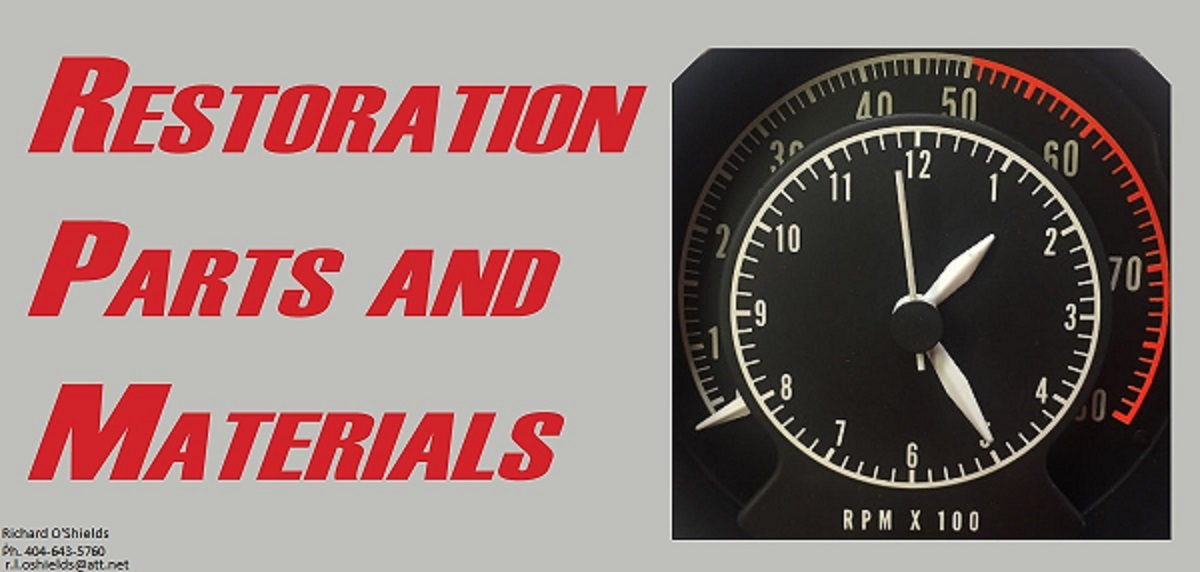In short. No really about a 40min read a four hour study. And a 2 or 4 day of practice and setup. Depending on experience.
The mixture issue.
The closer packed and the higher temperature the air Charge air and fuel charge is the less
timing it needs, right less timing is best. I've heard some people talk about
adding Advance. like adding Advance is way to more power it's not, it's reducing
the amount of Advance needed to make Power. If you've got to put 45° of
ignition timing into your engine at wide open throttle you got something wrong with the burn now point. I might bring up here leaded fuels have a longer delay time a let if you go from UNL fuel to leaded fuel you will need to put in more timing a wide open throttle anyway but that's a side issue here we're talking about. ignition timing and idle mixture first now you've obviously heard and
many people are aware that a vacuum gauge is very good for setting up
especially ignition timing keep on tweaking it back until you get the most vacuum.
///Well that may be right for ignition timing but it is not the way to
do it for idle mixture. Let me explain now at this point. I'm going to assume
that you have a carburetor so I'm going to describe the moves with the carb. However those of you who have fuel injection will be able to Simply program in what would be the
situation for the car pressure.
/Now mixture comes first. Let's assume you've got a vacuum gauge. If you haven't you need one for this now.
What you do first is to open the throttle so that the idle is a little bit faster than you may want it. Then adjust the idle control screw, which doesn't control fuel it controls the air
and adjust it in until the engine starts to get a bit shaky on idle. What you do now is you keep on opening or closing the throttle an adjusting the idle such that you get the minimum vacuum. What this means is.
/That You' now got your engine idling on the least possible amount of fuel. At this stage you start advancing the ignition until the idle steady up.
///Now it might mean as you advance ignition that you have to adjust the mixture again. Which you will then go ahead and do but always the mixture at idle has to take precedence over the timing. In terms of order. Now how do you know what the mixture ratio is. Well here's a good example of having an O2 sensor type mixture analyzer. ( Your hand over the horn, no change) If you get the mixture right and it's being atomized well and all the other things it needs to do. Then you should be able to get the engine to idle that 15 to 16 to1 fuel air ratio. /With that you now. Start advancing the ignition to find out what it runs best at. When you Advance or the ignition you're looking for the best vacuum. This means that out of the
quantity of fuel and air, that's being ingested by the engine. You are going to be using the least proportion of that already optimized leaner mixture. So the process is and it sounds complicated to start with. But once you get the hang of it. You can rip it off just like that adjust the idle mixture. You do this by leaning it out as much as possible consistent with getting the
lowest vacuum possible. I.E the nearest thing to atmospheric.
That means you've got a lot of butterfly opening and not much fuel going in lean mixture now. At that point, you start adjusting the timing when you've got the
maximum rpm that it will go to and that would be the biggest the vacuum gauge will now show the biggest vacuum you then slow down the idle speed. Not with the idle mixture control but with the idle screw and you keep going back and forth like this until that engine is idling like a watch now.
///Timing if you've got the timing and you'll have your vacuum timing off at the moment you're just
using mechanical abundance. The timing is going to be about 50 to 55°. Now you think oh my God it's going to detonate or well if it's running a lean mixture it's going to burn Pistons. No it is not. The mixture is so lean and so much vacuum exists in there that the flame front travels very slow slowly and
because the mixtures lean. there isn't enough fuel in there to heat the gases to the high temperature.
That you usually get under wide open throttle and a slightly lean mixture.
let's say you've got the mixture exactly right for wide open throttle. It's going to be about 13 to1. As you lean it
out so that pistons and valves will get hotter and hotter and hotter so when you get
to about 14 or 15 to on. The temperature is Max for the combustion but it's not
going to keep on getting hotter. As you lean it out eventually there won't be enough fuel to heat up the air to the temperatures.
The high temperatures you see earlier on, in this so by the time it gets to 18 or 19 to one the temperature of the burn overall heat generated starts to drop.
///An economy engine which we managed to get 21 to1 fuel air ratio the exhaust temperatures were puny. They are only about 600°.
letting it running forever it's never going to burn a piston. It just won't get hot enough now at this point. You should have a good idea of what the vacuum is at idle at this point. You connect up your vacuum can and program and set the timing. So that with the vacuum on you get to that same timing now. You will probably need a vacuum cam with a lot of vacuum advance on you may not be able to get there. But go as far as you can. Then see what the Advance is when the vacuum goes I.E just pull the vacuum line off and see where the vacuum goes. If at idle I.E about 800 RPM your mechanical advance or or static.
Advance before any mechanical advances come in should be somewhere
between about 15 before TDC . To about five before TDC 10 being 10 or 12 being
a good figure put the vacuum back on.
///Now what you have now is you've got a vacuum system which is optimized for idle. Now open the throttle slowly until the vacuum drops maybe 6 to 7 in and the RPM come up to about 200 and see what the timing is. It should be for your typical Street cammed V8 engine. It should be somewhere around about 25 to 30°. That is with the vacuum on canical Advance may only be about 15° at that point but the overall Advance should be about that when you're going down the highway and it the engine is showing or could be in a situation where could show a lot of vacuum. You'll need to adjust the timing so that you get the highest vacuum for the speed you want to go at.
It's a good thing here to have some kind of ignition system where you can advance or a distributor that you can program via Bluetooth on your phone. That would be an ideal situation to do this. So now you should have a cruise down the road something like 15 maybe 16 to1 fuel air ratio and an ignition timing that will give the best vacuum. Now depending what cam you've got in and what compression Etc. That will vary but I've now told you how to get it now all those factors, that I've just talked about. If you've got a fuel injected engine and you program them remember the leaner we get the mixture and the more optimal we get the timing the less pollution. The engine's going to make in terms of everything except our oxides of nitrogen. That's a problem there the more efficient the combustion gets some more oxides of nitrogen you produce. Although the leaner you get the mixture the cooler the combustion is so that runs the oxides of nitrogen down. Now let's look at one more Factor here. To give you an idea of just how fast the burn is. We could say that on average it's equivalent to as low as 10 mil hour. Now it starts off slower than that and finishes faster from the mass burn curve. Not much happens for quite a few degrees there's several phases of ignition here the first bit which lasts probably about 10 milsec degrees. Is that when the spark goes off for typical spark. This is when the spark fires across the Gap it lights up the fuel but all it does for a short time is it just fizzle around the plug. Just a little doesn't seem to be getting bigger and then suddenly it takes on another life and it starts to expand more. Now we have to allow for that so the mixture doesn't go spark bang it doesn't go like that. It goes spark , expansion then bang. Well to start with there isn't much of a flame front from the spark. So the volume to area of this of the kernel of fire is small but as it gets bigger the surface area so if you double.
///The diameter of that the surface area gets four times as big. So this four times as much to light it off. So it kind of follows a curve of increasing effect like this now in the first few instances of that spark. Going the pressure rise caused by the mixture burning is 2/3 or 3/5 of nothing of any consequence. That is so what we have to do is we have to light it up early. The point I need to touch on here is.
///The subject of manifold or ported vacuum. Now without any doubt. Manifold vacuum is what you need. If you are doing your best idle for the amount of fuel used right ported idle was in quotes invented to deal with emissions.
/// Now here's how ported vacuum works works.
When your engine is idling and the ported vacuum is above the butterfly.
What it means is that the engine is idling on RPM related Advance or or
whatever the static Advance was. So it's well short of the best idle with the least fuel now to get.
///The ported vacuum to idle at the right speed. What happens is is the throttle is
opened more so. There is not as much vacuum in the engine and the fuel droplets
are there's a greater amount of them per unit volume of air. So they have a better
chance of lighting up there are along the mixture with the ported vacuum is
usually set just above what we call the Stoichiometric ratio. That is the ratio that's chemically correct, I.E all the air all oxygen in the air is used with all the fuel that's there and there's nothing left of either one ideal mixture. That's not what we actually want for actual running conditions.
But under those conditions. There are less hydrocarbons emitted because the burn is
more effective. Now to be able to use manifold vacuum. What it means is is your engine
has to be better set up than a factory one.
///So what we're looking at here is manifold vacuum. There's very little excuse for using a ported vacuum unless you want to stay with whatever was stock.
I can not take credit for this. I saved this info a good while back. This is what I came across over the decades from reading and lending both ears to some old timers. Experience helps too! I wish I could remember what I forgot. Then I would remember!


















